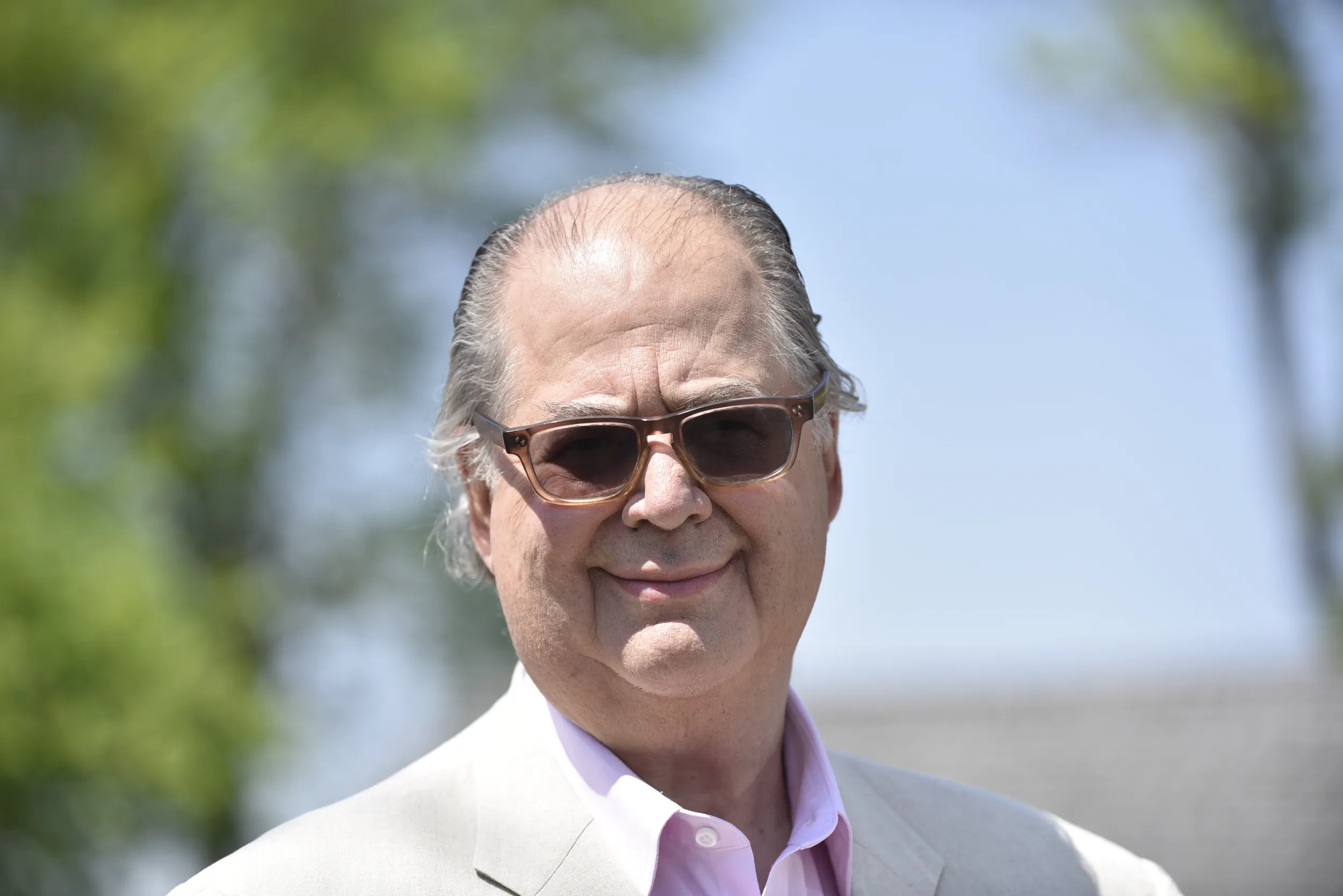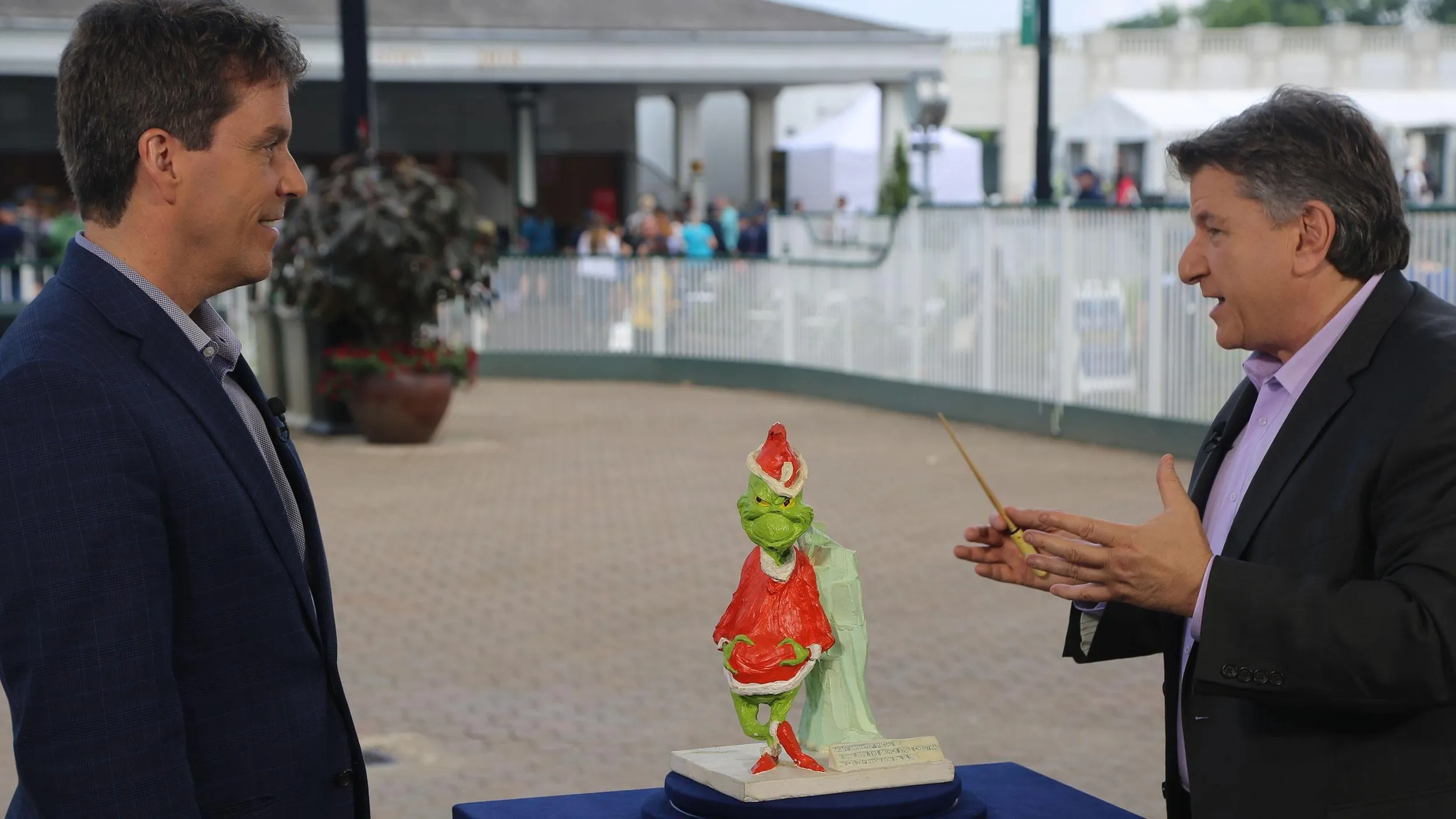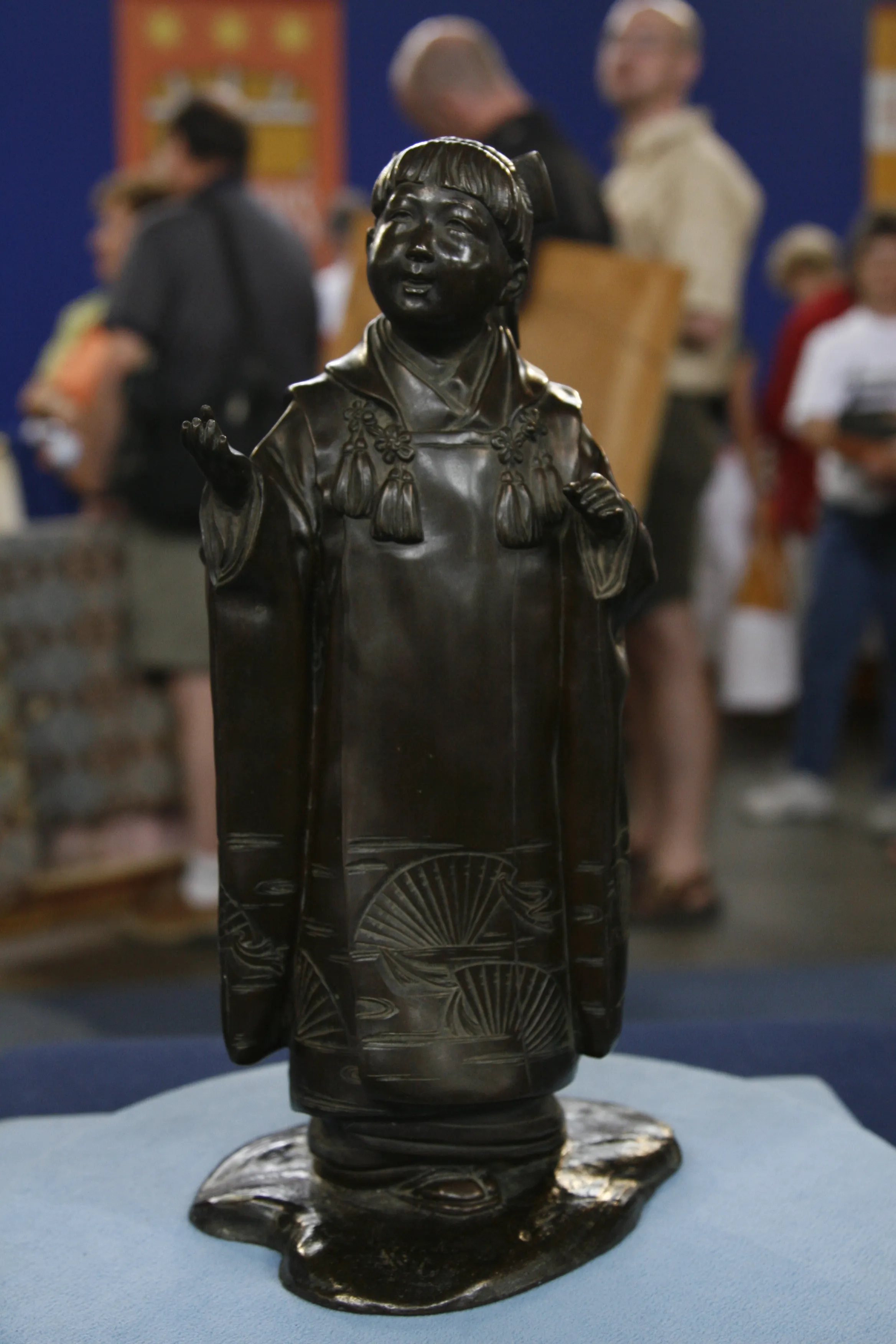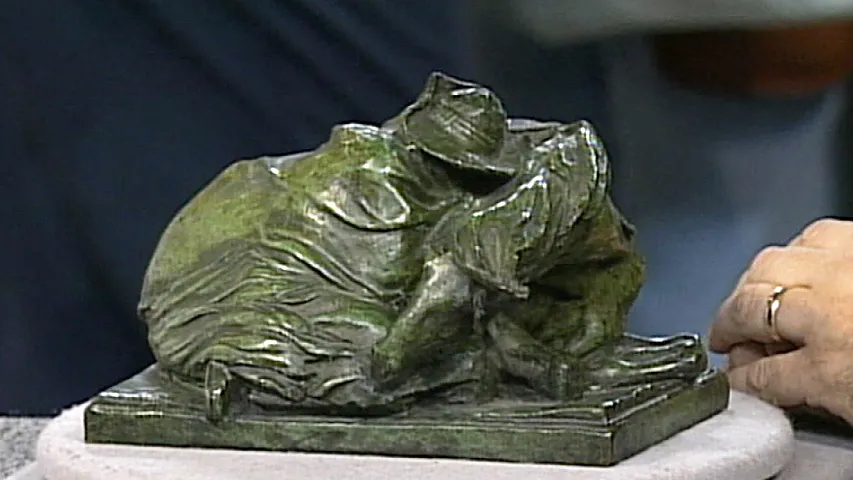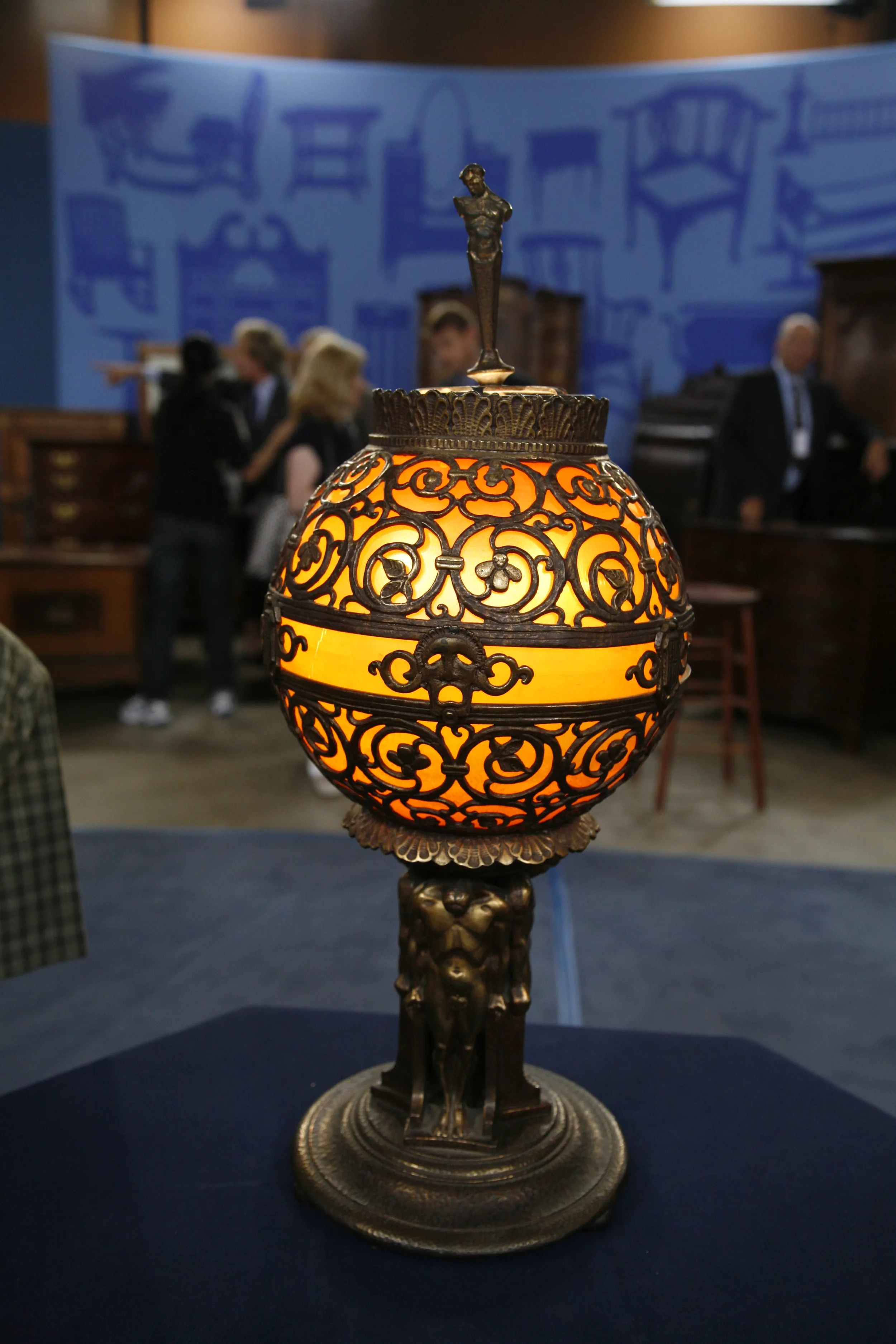GUEST: I acquired that in '69 or '70 from two friends of mine who were sons of the owners of Graham Galleries in New York. They showed me a photograph of it, and they said, "This is going to be deaccessioned by the Metropolitan Museum of Art." And they said, "They have two, and they're going to get rid of one." And I said, "I'd like to have that, I really like that." And they said, "Well, you're going to have to buy it sight unseen." And they said, "How much do you think you could go?" And I said, "Oh, maybe, $1,200." And like ten days later they were back and said, "Congratulations, you owe us $1,100."
APPRAISRE: (laughing) Well, you got a deal!
GUEST: I did, I did, and I love it.
APPRAISER: It's a great sculpture by Anna Hyatt Huntington, one of America's leading sculptors of the early 20th century. She was trained in traditional ways at the Art Students League in New York, with Gutzon Borglum, who did Mount Rushmore.
GUEST: Yeah.
APPRAISER: She studied in Paris, she exhibited in Paris. She was a spectacular artist. She received numerous public commissions for all over the world. And one of her most famous ones is Joan of Arc, which is in New York City on Riverside Drive and 93rd Street.
GUEST: I've seen it, I didn't know that was hers.
APPRAISER: It's one of the earliest public sculptures by a woman artist. She married Archer Huntington, who was very, very wealthy, and the two of them founded Brookgreen Gardens, a large sculpture garden and botanical garden that's in Murrells Inlet in South Carolina. Really a great sculptor. And part of her training is, she used to go to the Bronx Zoo, and she would look at all the animals and sketch them and model them, so she really had this firsthand knowledge of these animals. So this sculpture is cast out of bronze. And what's interesting about this particular piece is that it has a wonderful look in three dimensions. And I think that's what the great thing about sculpture is, that it exists in its own space. And I love the way the drapery comes down, partially blown off by the wind. And I think that's what makes it such a wonderful piece. This actually has a title, it's called "Winter Noon." And you can see these two horses sort of nuzzling against each other. And I think that's part of the charm. Most sculptures, you have a horse, you have a dog. But here you have this wonderful interaction, this real personal interaction between these two animals.
GUEST: What year would you put on this? 1900, 1902?
APPRAISER: 1905-ish, yeah.
GUEST: Okay.
APPRAISER: Yeah, I mean, it's an early work by her. We talk about markets changing, going up and down, and this market, especially, her work has maintained its value, and has actually gone up in value. I would say in today's market, in a gallery setting, you're probably looking at $8,000 to $10,000.
GUEST: All right, well, thank you. All right.
APPRAISER: Thank you.
GUEST: It beats $1,100, and I'm delighted in the pleasure it's brought us over the years.
